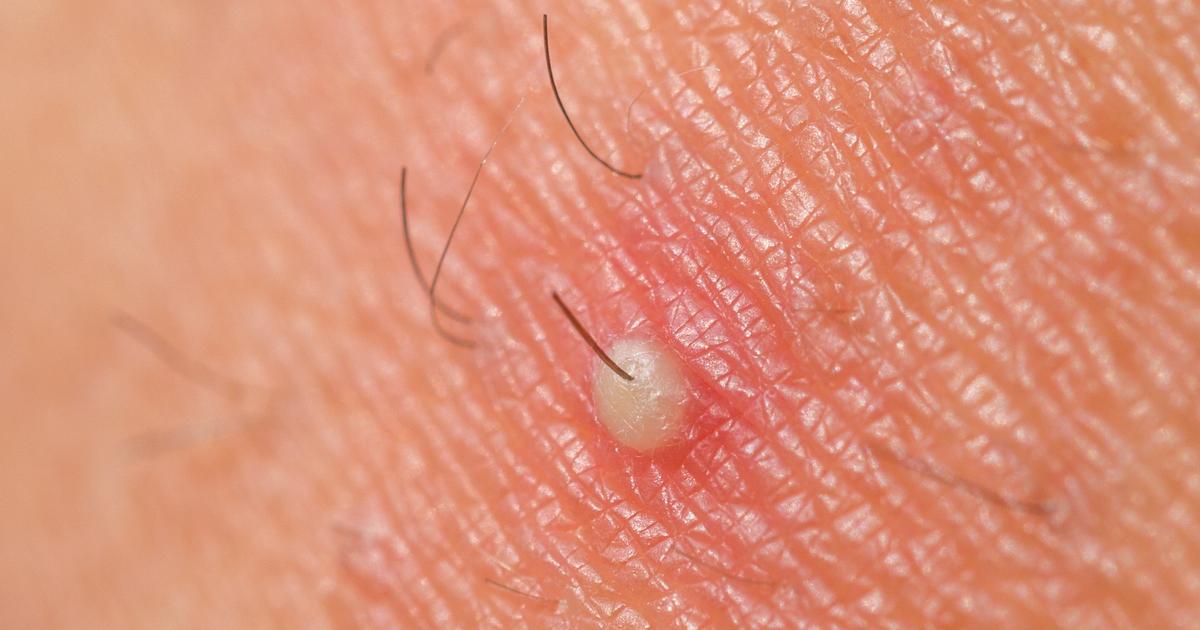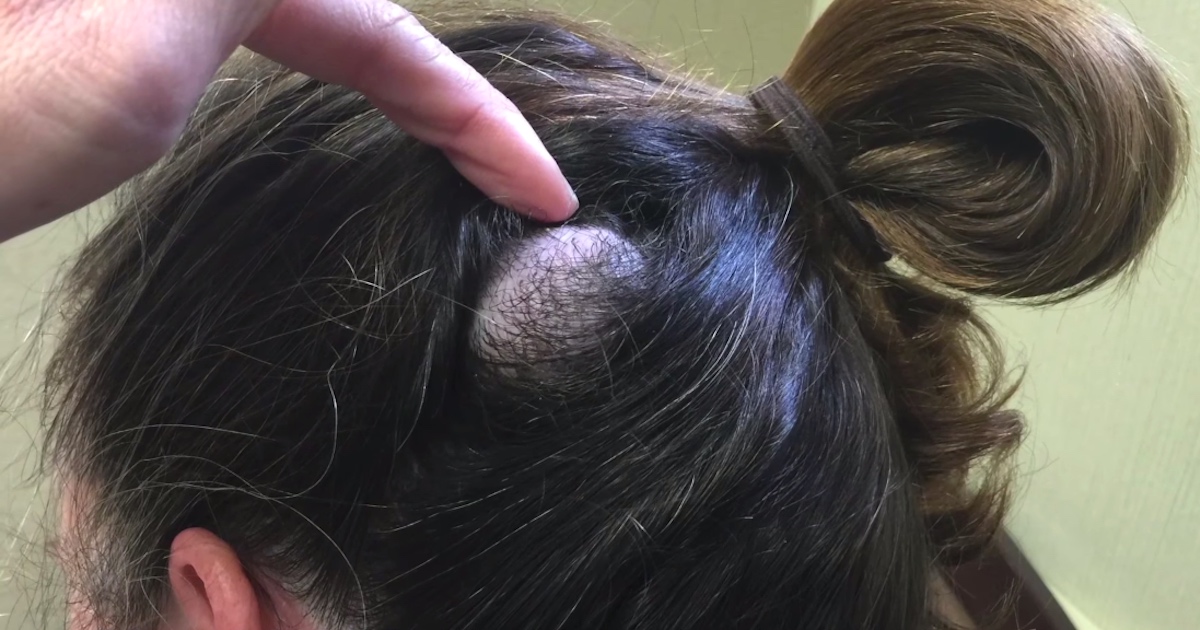Guide To The Common Types Of Cysts
Ingrown Hair Cyst

Ingrown hair cysts tend to be large bumps extending beneath the surface of the skin. Some ingrown hair cysts will not reach the skin's surface, though many of them lead to severe skin problems. When ingrown hair cysts appear on top of the skin, they tend to look like an acne cyst crossed with a normal ingrown hair. The most common cause of ingrown hair cysts is hair removal. Individuals who wax, shave, or otherwise remove their hair are at a higher risk of developing an ingrown hair cyst.
Some individuals want to remove the cysts due to their appearance and their potential to mar the skin. However, it is crucial to monitor the cyst for signs of infection. Before the cyst forms, individuals may discover a bump similar to a pimple with a hair on its surface. As the cyst forms, the small bump becomes much larger. This cyst might be yellow, white, or red. Some individuals might experience pain or tenderness when touching it.
Discover additional common types of cysts now.
Epidermoid Cyst

An epidermoid cyst, one of the most common and slowest growing types, is a small and hard lump that develops under the skin. This type of cyst will not cause symptoms, and almost none are cancerous. The most common places for an epidermoid cyst to form are the head, back, neck, genitals, and face. These cysts have a size range that is typically anywhere from a quarter-inch at the smallest to two inches in diameter at the largest. The appearance tends to be a small bump, the color is generally yellow or tan, and the fluid inside is smelly and thick.
One important note is that an epidermoid cyst does not cause pain. Thus, if individuals experience pain when touching the cyst, it is not an epidermoid cyst. Keratin buildups in the skin most often cause these cysts. Keratin is a naturally occurring protein, but it can become trapped below the skin if a hair follicle or skin cell is damaged. Excessive sun exposure, human papillomavirus infection, acne, and skin injuries are all common causes of this damage.
Read more about the various types of cysts now.
